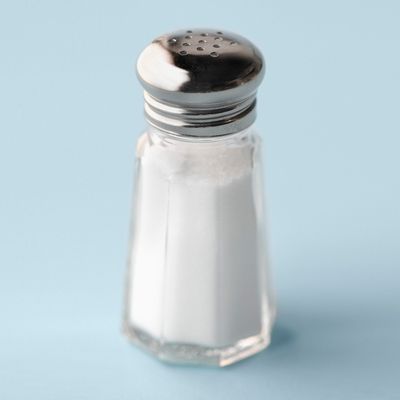
Bacon is officially a greasy strip of cancer, and trans fats will soon be a crime, but in case that’s not enough bad news for fans of good-tasting food, a new report says that table salt is secretly full of a bunch of “microplastic.” Tiny pieces of the polyethylene terephthalate used to make water bottles, cellophane, and even the microbeads found in cosmetic products turned up in 15 brands of salt tested by researchers in China.
The team, based at East China Normal University, found that sea salt was the worst, with up to 1,200 pieces of plastic per pound. (That’s what happens when the ocean starts accumulating more non-biodegradable pollutants than fish.) But the researchers also measured 800 plastic particles in lake salts, and even 450 in rock salt from wells, which they guessed might be coming from the production and packaging process.
Most pieces are so small that, for better or worse, you’d never even know they’re there. But, as for the anomalies:
This salt was all Chinese, but a researcher points out to Scientific American that this distinction is fairly meaningless, given Earth’s Über-polluted-ocean situation: “Plastics have become such a ubiquitous contaminant, I doubt it matters whether you look for plastic in sea salt on Chinese or American supermarket shelves.” In fact, shellfish contain a lot of plastics, too, but, of course, salt is in just about everything. The researchers say an average person who sticks to the recommended daily intake for salt probably ends up eating about three pieces of plastic per day.




